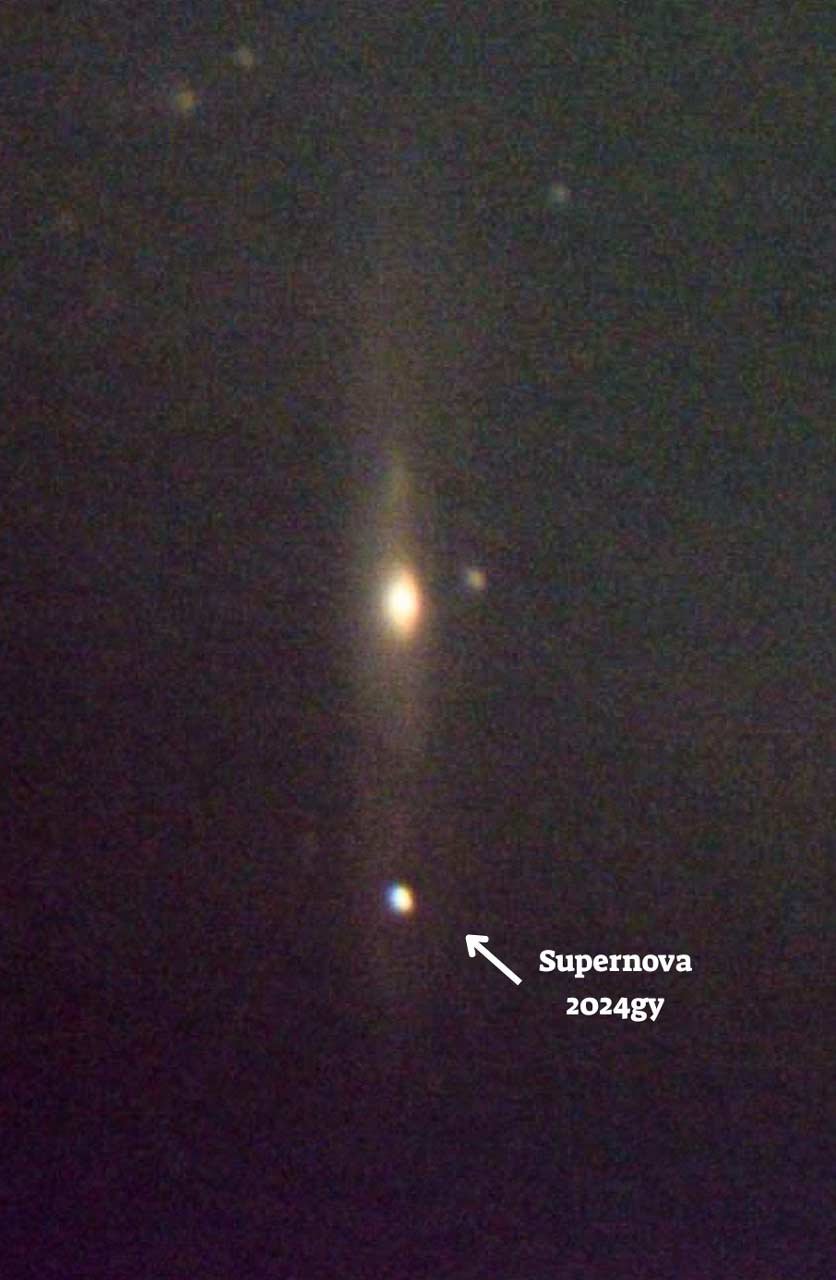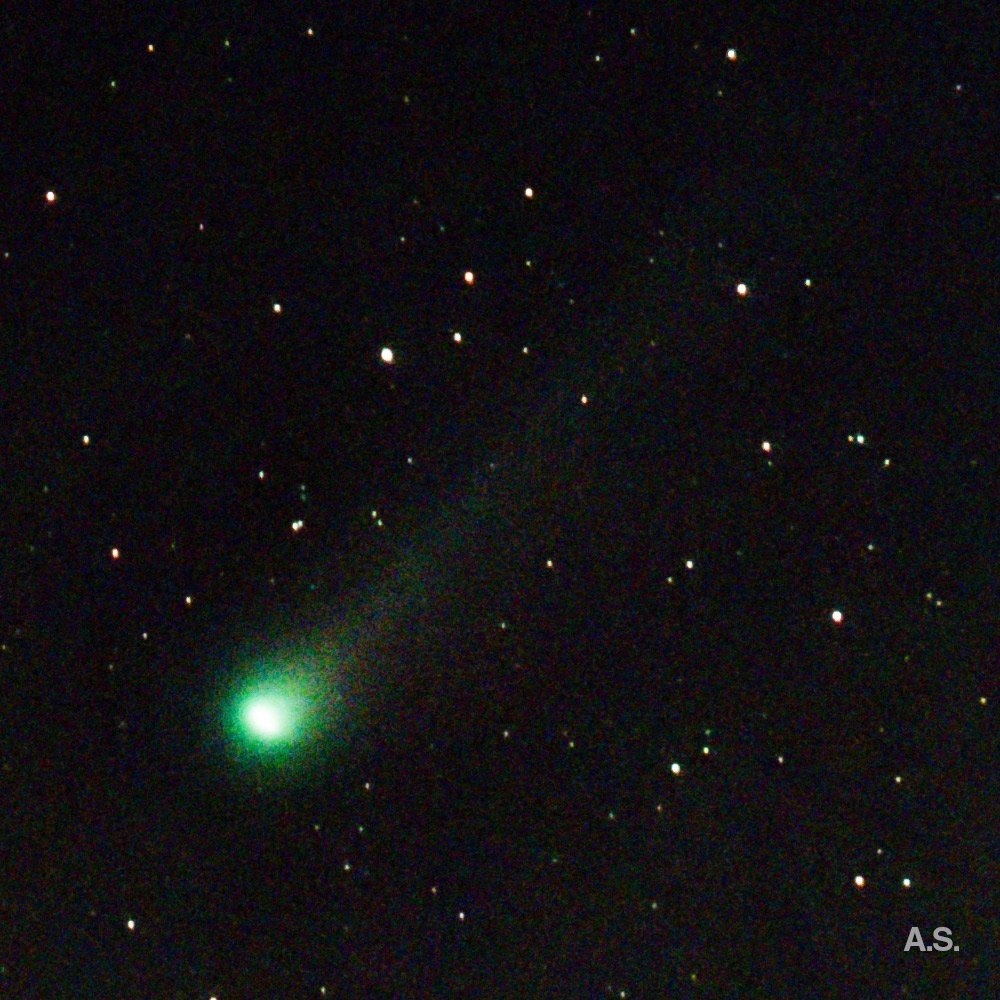Art Blog #46: Sidewalk Astrophotography
23. October, 2024 - Reading time 9 Min. - Amit Shraga
#Astrophotography #Astronomy #Sun #Moon #OrionNebula #Supernova
I've always been mesmerized by the enchanting night sky since I was a kid. As a fan of astronomy, I love exploring the celestial wonders above. But what really lights up my world is sharing this cosmic beauty with others, especially through fun sidewalk stargazing events. There's something truly magical about it all.
READ ABOUT TANBELIA´S ART FULL OF SUN
The Magic of the Night Sky
There’s an undeniable magic to the night sky—a vast expanse of mystery and beauty that has captivated me since childhood. As an avid astronomy hobbyist, I’ve always been fascinated by the celestial wonders above. But my true passion lies in sharing this cosmic wonder with others, especially through sidewalk astronomy events.
I began hosting these events to give people, many of whom had never looked through a telescope, a chance to witness the awe-inspiring sights of the Moon, planets, and other celestial marvels.
A Night to Remember: NASA’s Worldwide Event
One of my most memorable experiences was on September 14th, when I participated in NASA’s "Observe The Moon" worldwide event to celebrate lunar and planetary observations. This event drew over 400 people, all eager to catch a glimpse of the Moon and Saturn.
For this particular event, I experimented with a new setup: combining my Dobsonian telescope with my Seestar S50. This powerful combination allowed me to offer:
High-magnification views of the Moon and Saturn through the Dobsonian
Captures of deep-sky objects or lunar details with the Seestar S50
I connected a TV via Chromecast to display the images on a large screen, allowing people in line to see the Moon's craters up close, enhancing their experience before observing through the telescope.
M42 - Orion nebula, where new stars are born.
M16 The Eagle nebula, and in its center the pillars of creation.
The Power of Technology: Electronically Assisted Astronomy (EAA)
One of the standout advantages of using the Seestar S50 is its capability for Electronically Assisted Astronomy (EAA). EAA allows for real-time image enhancement, enabling me to capture detailed images of celestial objects, even in light-polluted city environments.
This is a game-changer for urban astronomy enthusiasts, as it brings views typically seen only under dark desert skies into our light-polluted cities. For example, I recently captured Supernova 2024gy in the galaxy NGC4216, located 53 million light-years away. Discovered just two weeks prior by Koichi Itagaki, this supernova was visible at magnitude 13. The fact that I could capture such a distant event from a Bortle 8 sky (a very light-polluted area) is one of the biggest advantages of EAA—it democratizes access to advanced astronomical phenomena for anyone, anywhere.
Supernova 2024gy
Saturn in Opposition: A Night of 600 Stargazers
On August 26th, during Saturn’s opposition (when Saturn is closest to Earth), I hosted another public outreach event. Armed with just two telescopes—my 8” SCT and a 10” Dobsonian—my colleague and I managed to show the Moon and Saturn to over 600 people in just four hours. It was a whirlwind of activity, but the excitement and engagement from the crowd were incredible.
A vivid memory from that night was a young girl’s curiosity. She asked, "What is the Moon made of?" Her enthusiasm was contagious, and it led to a conversation about the Moon’s similarities to Earth but without water and life. She even asked if animals lived on the Moon, which opened up a fun discussion about tardigrades, the microscopic species that might have crashed on the lunar surface.
Astronomy for All Ages
The event attracted people of all ages, from children as young as five to 80-year-old grandparents. One touching moment was when an elderly Ukrainian woman looked through a telescope for the first time. Despite our language barrier, the look of awe on her face transcended words. She recalled learning about Saturn's rings as a child, and seeing them through the telescope brought that memory to life.
Comet 12P-Pons-Brooks
Beachside Astronomy: A Night Under the Stars
More recently, I teamed up with a friend for another sidewalk astronomy event on the boardwalk next to the beach. We set up our 6” and 8” SCT telescopes, wrapped them in lights, and attracted a crowd of over 300 people who were eager to see the Moon, Jupiter, and Saturn. The lively atmosphere, complete with nearby music, added to the excitement of the night.
We alternated between showing Jupiter, Saturn, and the Moon at different magnifications. This dual approach gave people a more comprehensive understanding of the night sky. Even with atmospheric conditions blurring Saturn at higher magnifications, the gasps and "Wows" from the crowd were a testament to the magic of these celestial objects.
We set up our telescopes at different heights—one lower for children and adults in wheelchairs and one higher for everyone else. This simple adjustment allowed more people to comfortably observe the night sky. One of the evening's highlights was showing the Great Red Spot on Jupiter and witnessing Europa pass behind the planet—an awe-inspiring sight for all.
Why I Do It: Sharing the Wonder of the Universe
One of the most common questions I get during these events is, "Why do you do this?" The answer is simple: it’s fun, and I love sharing the wonders of the universe with others. These events spark curiosity and give people, especially those who may have never looked through a telescope, a rare opportunity to see the majesty of our solar system up close.
Whether it’s a child marveling at the size of Jupiter or an elderly person seeing Saturn’s rings for the first time, these moments remind me why sidewalk astronomy is so special. It brings people together, challenges their perceptions, and gives them a new perspective on the world—and the universe—around them.
Join the Stargazing Community
Have you ever thought about organizing a sidewalk astronomy event in your neighborhood? It’s a rewarding experience that can bring your community together under the stars. If you’re interested, reach out to local astronomy clubs or experienced sidewalk astronomers for tips on getting started. All you need is a telescope and a passion for sharing the wonders of the night sky!
Amit Shraga















